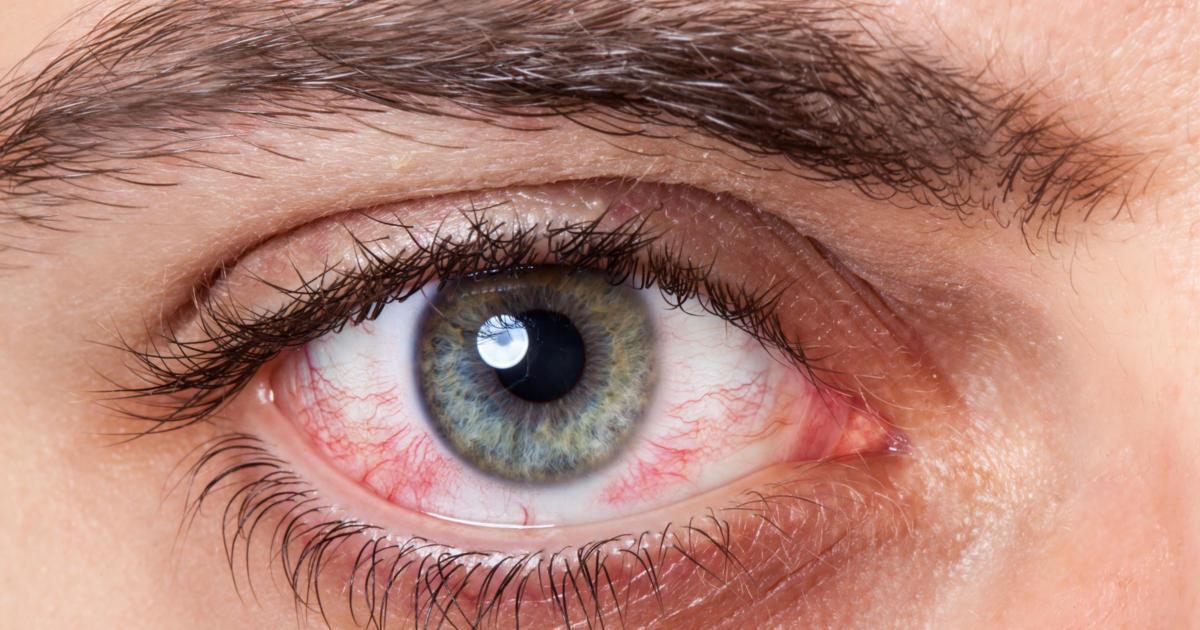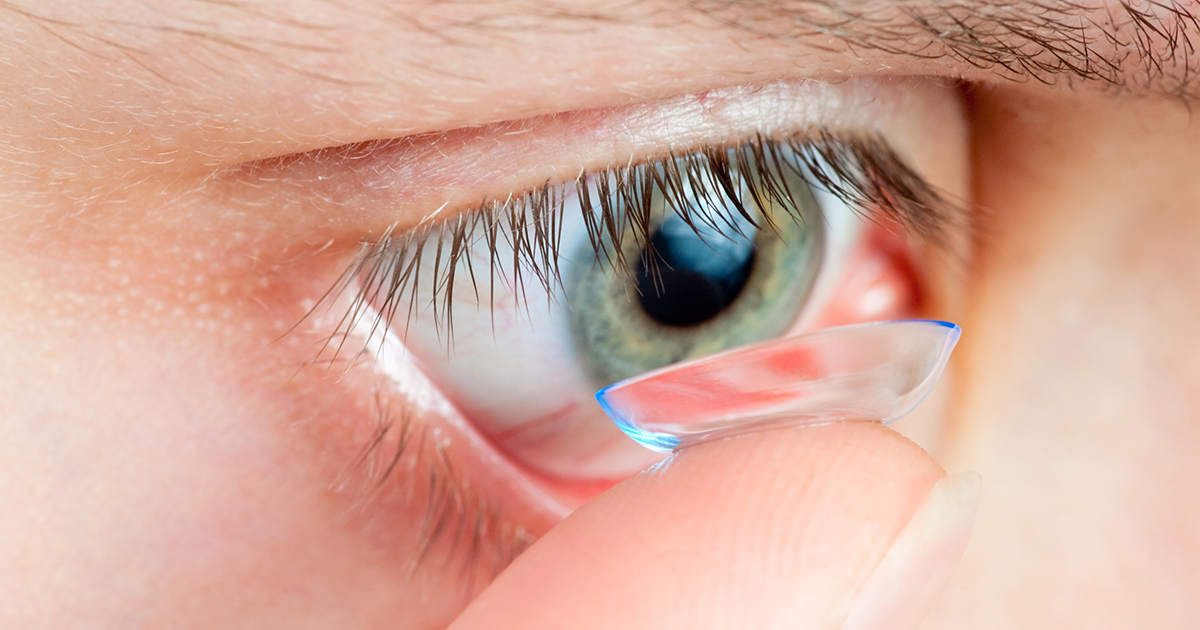Fight Dry Eyes Using The Right Contact Lens
The Results Of The Study

Results showed that there was a higher density of bacteria on the surface of the eye than underneath the contact lens. In conclusion, the microbiota located on the eye’s surface was more skin-like compared to those who do not wear contacts. People who wore contacts had a larger amount of the following bacteria in their eyes: Pseudomonas, Acinetobacter, Methylobacterium, andLactobacillus. Those who do not wear contacts had lower levels of Pseudomonas, Acinetobacter, Methylobacterium and Sphingobium bacterium.
Further results indicated that people who wore contact lenses had lower counts of Haemophilus, Staphylococcus, Streptococcus, andCorynebacterium. The study also noted that the composition and diversity of bacteria between the skin or conjunctiva microbiota did not appear to change over the course of the survey.
Next, reveal the theories authors of the study believe explain why these types of bacteria are present in the eye, especially for contact wearers.
Expert Theories

Authors are not sure how these changes occur. One theory is that bacteria may transfer to the eye from the person’s finger when applying the contacts, however, these changes are thought to be temporary. Another theory is that the contact lens may put pressure on the eye, which impacts its bacterial composition and diversity. Researchers believe the study could help determine infection behaviors in people who wear contacts. According to senior study author Doctor Maria Dominguez-Bello, “It's too early yet to offer any advice to contact lens wearers. Other studies have shown increased risks for eye infections in contact lens wearers, and this might relate to impacting the microbiome. When we can better understand the mechanisms, we will be able to test hypotheses and propose preventive measurements."
Finally, find out how to choose the right contact lenses and what factors a patient should look for when making this decision.
